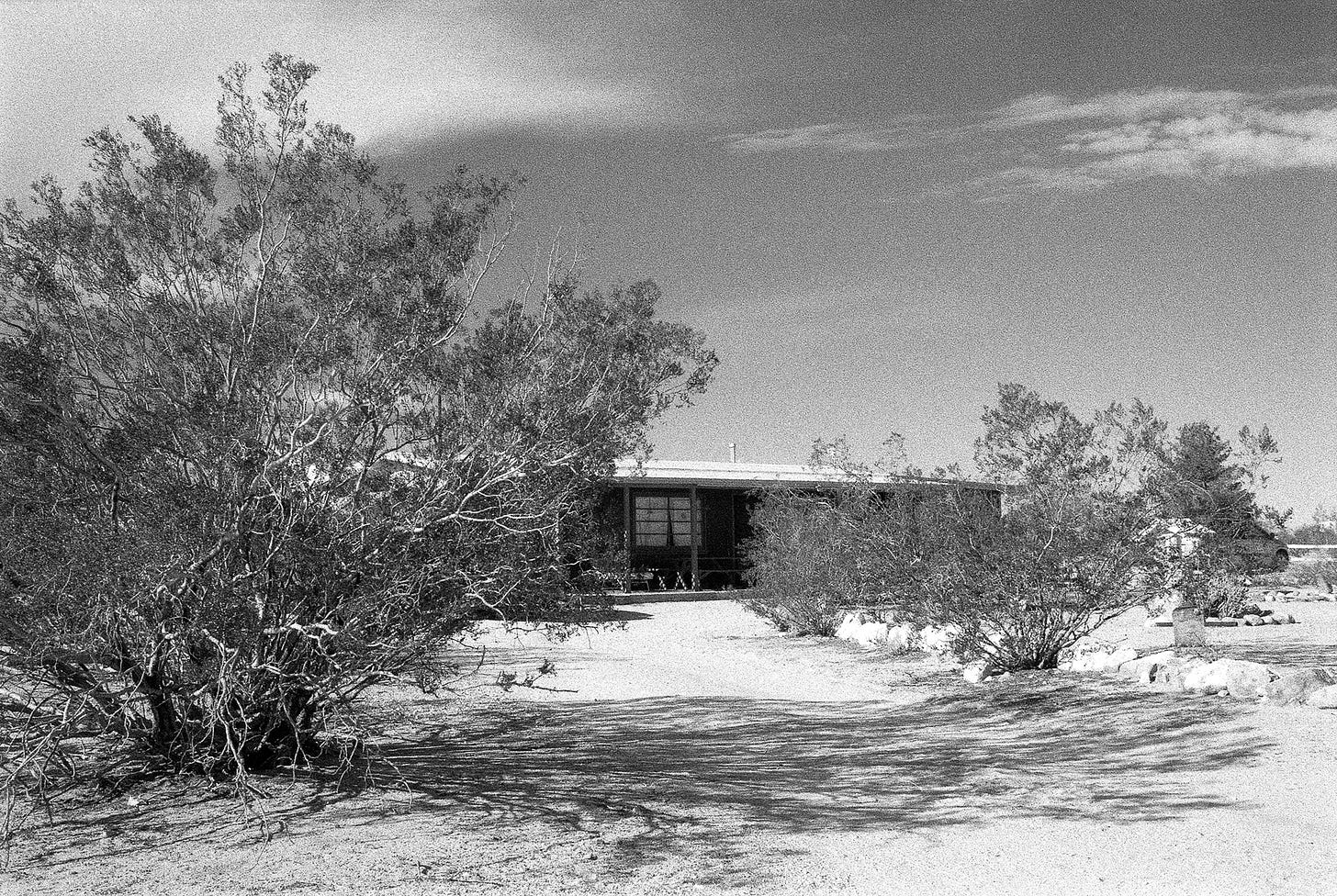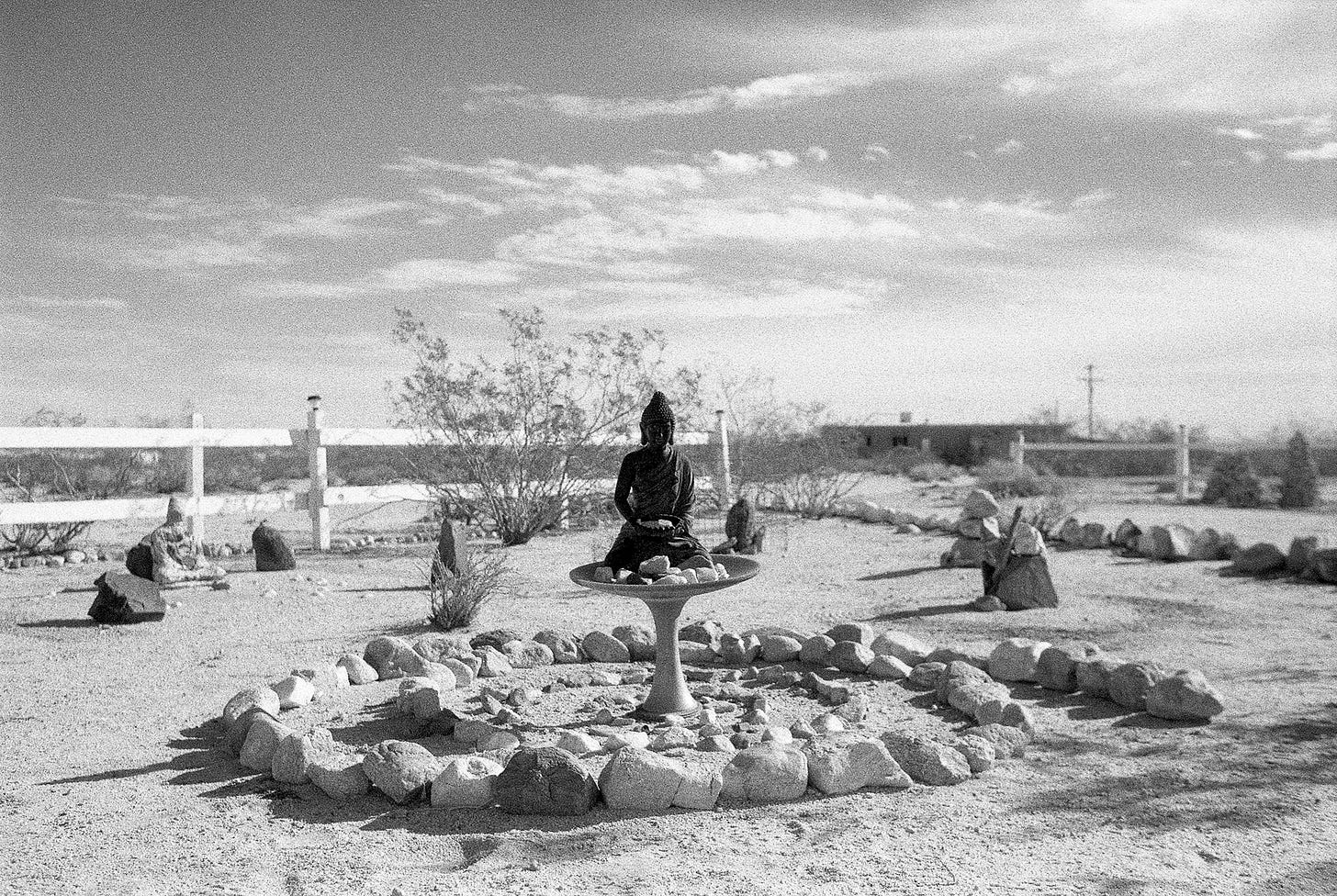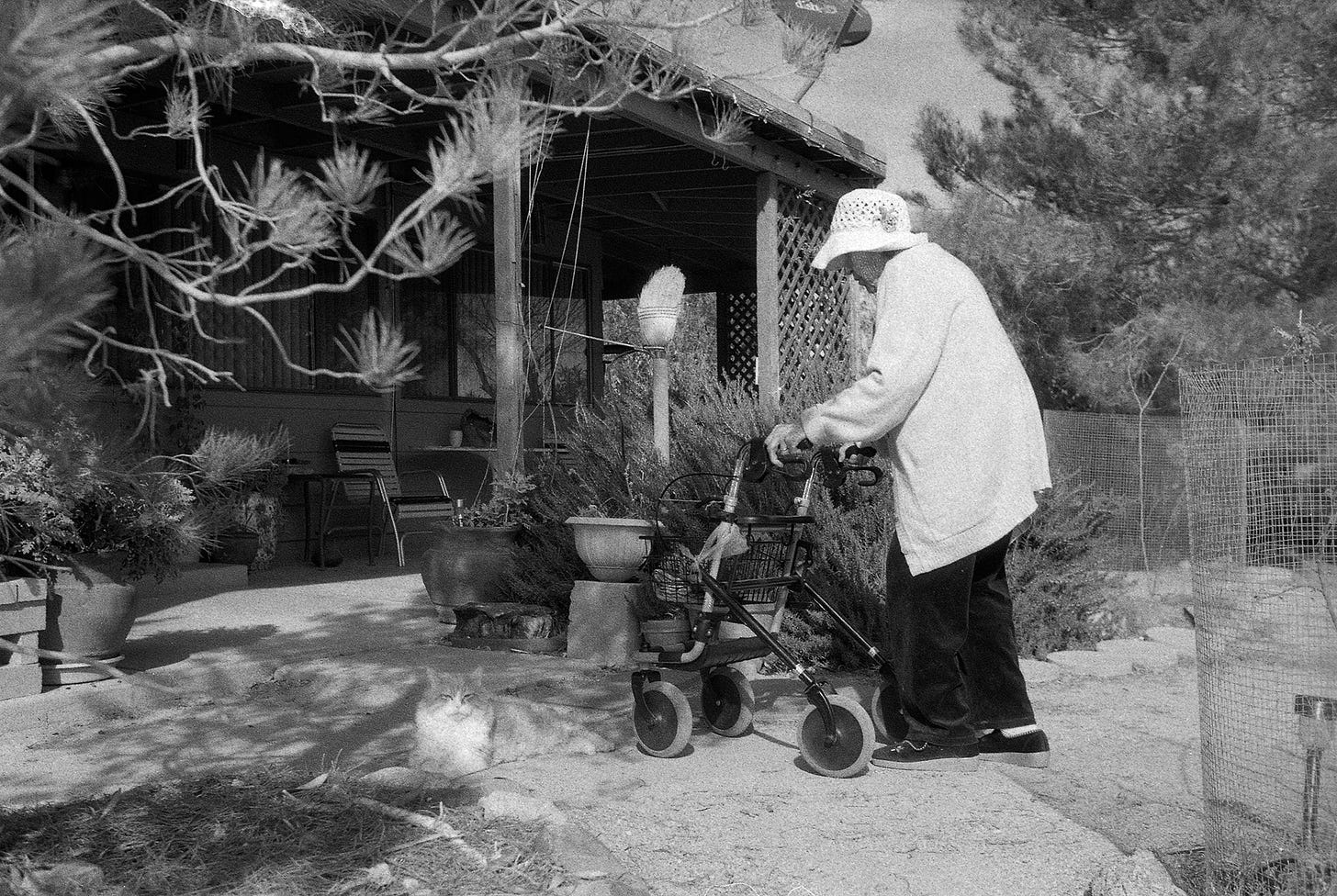Ten years ago, my godmother walked on and changed my life. It’s honestly been an extremely arduous journey since then, though there is much I have gratitude for. I feel I have barely begun to scratch the surface of everything that has transpired and how I experience it which is what this space of writing is all about.
In honor of her memory, I am sharing this article I wrote then in support of the documentary film about her, The Silent Dance of Life by Aleksandra Kumorek.
In 1976, Ruth Denison took a trip to the high desert in Southern California. While camping near Pioneer Town, she rescued a family of baby opossums’ who were clinging to their mother who had ceased living. Compassionate to all creatures in suffering, Ruth had a very grounded view of right action and right thought. She did not stand for “bullshit” or sit with it for that matter. She was riding the waves of giants and she wanted for everyone to gain the capacity to see from this point of view.
That trip sowed the fateful seed that grew to become the Vipassana Meditation Retreat known as Dhamma Dena in Joshua Tree, Ca. Ruth Denison was among the very first western women authorized by an Asian meditation master to teach. Her mentor, U Ba Khin, had a strong inclination to bring the practice of Vipassana to the Western community. Spreading a discipline of mindfulness grounded in practicing awareness of one’s breath, body and thought as a means to access the ability to tranquilly observe one’s experience.
Ruth’s meditation teaches many things, but it particular, she taught people to understand or at least to acknowledge what they were experiencing within themselves. Rather than always looking away as our eyes are prone to do, Mindfulness is a practice of also turning the view inward. Learning to see inside as easily as we believe we see the outside.
Ruth Denison was quite a ground-breaker for women and was the first Buddhist teacher to create women’s meditation retreats back in 1980. She was working very successfully with traumatized people thirty years before trauma therapy became popularized. Forty years ago, when meditation was only sitting and walking, Ruth was combining movement, dance, music and mindful eating with the traditional model of mindfulness practice. Ruth’s innovations were not widely accepted or understood at the time, but have since become adopted by the vast majority of western Buddhist retreat centers.
Born in Germany in 1922, then Ruth Schäfer, came of age during World War II and experienced the horrors of the war first hand. In 1957, she immigrated to the United States and found herself in Los Angeles, California in the midst what was fast becoming the flower power movement. Together with her husband Henry Denison who was of the Advaita Vedanta school of Hinduism, Ruth associated with many artists, intellectuals and Buddhist teachers who were looking for new forms of expression – a “new consciousness”.
They frequently hosted luminaries in their home in the Hollywood hills, including Aldous and Laura Huxley, Alan Watts, Charlotte Selver, Timothy Leary, Ram Dass, Lama Govinda and Anaiis Nin among many others. After years of practicing meditation and traveling around the world to meet masters first hand, in 1971 Ruth was authorized by her teacher Burmese master U Ba Khin becoming one of the first female Buddhist teachers in the Western world – now famous for her innovative and “feminine” approach.
“You are a pioneer of Buddhism in the West!” proclaimed celebrated meditation teacher and author, Jack Kornfield. Ruth Denison has always been a colorful yet humble character. Though highly acclaimed within the community of Buddhism, she was passionate about one thing only, the Dhamma. Her last words about her life were, “I am glad that I dedicated my life to the Dhamma. It is a good life and a good way to be, I am glad that I dedicated my life to helping people.”
Ruth Schäfer Denison
September 29, 1922 ~ February 26, 2015
Ruth’s legacy remains significant around the world through the many students she has touched and she is recognized in Germany as an icon of healing and reparation.









